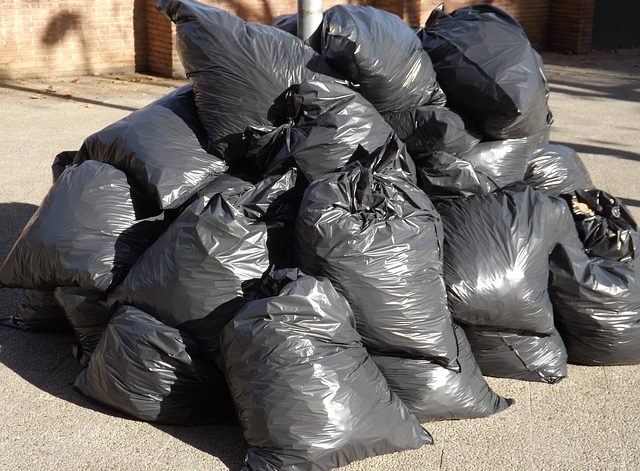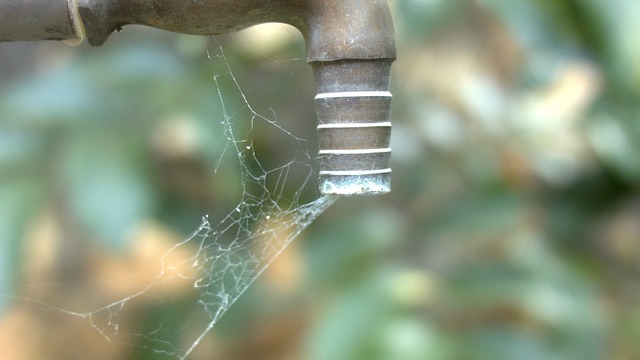INTRODUCTION
Solid Waste: Solid waste is often named garbage or trash. It is described as discarded material or garbage that is produced as a result of human or animal activities.
TYPES OF SOLID WASTE
There are two main categories of waste that are biodegradable waste and non-biodegradable waste.
a) Biodegradable: Biodegradable waste is a type of waste that can be degraded by living organisms or natural factors. It is generated from animals and plants. Examples are sewage, food waste, wood, manure, human waste, etc.
b) Non-biodegradable: Non-biodegradable waste is another type of waste that cannot be degraded by living organisms. Non-biodegradable waste contributes to environmental pollution because it persists in nature and requires proper management and disposal. Examples are pesticides, shopping bags, metals, shoes, water bottles, etc.
You may also like: E-Waste and Its Impact on the Environment
SOURCES OF SOLID WASTE
Sources of solid waste vary according to the origin. Sources of solid waste include the following origins.
- Biomedical/Medical waste: It includes waste being produced at hospitals, biological laboratories, medical facilities, etc.
- Municipal solid waste: It includes waste that is generated as a result of municipal services such as sludge, recyclable material, etc.
- Construction: It includes waste produced from demolishing or constructional sites such as wood, metals, residues, etc.
- Commercial: It includes waste from commercial activities such as packaging, cardboard, etc.
- Industries: Industries produce waste that is often considered toxic due to synthetic chemicals. Examples are metals, solvents, scraps, oils, etc.
- Treatment plants: Wastewater treatment plants produce sludge that may contain toxic chemicals.
- Residential: Residential waste is produced at the household level. It consists of both biodegradable and non-biodegradable materials.
- Agriculture: It includes waste from agricultural activities such as fertilizer runoff, harvest waste, etc.
- Institutions: It includes waste produced from schools, universities, prisons, etc. It may contain hazardous material.
- Mining: Mining activities such as metal extraction process, drilling, and uplifting of natural reserves such as oil, etc produce radioactive waste.
Also read: Disastrous Environmental Impacts of Radioactive Waste
COMMON EFFECTS OF SOLID WASTE
Any type of solid waste if left untreated can lead to disastrous effects on the environment.
Effects on the Environment: Huge piles of waste at open dumping sites can cause environmental pollution. Methane is produced from the waste pile that is a greenhouse gas. The emission of greenhouse gases leads to global warming and ultimately climate change.
- Water pollution: Leachate produced from waste due to heavy rains contaminates groundwater reserves.
- Air Pollution: Solid waste causes air pollution. Dust particles from trash degrade the quality of the environment.
- Land Pollution: non-degradable waste causes land pollution and hinders the activity of soil biota. It also reduces aesthetic beauty of the place.
Effects on Humans: Accumulated solid waste often results in disease outbreaks. Solid waste is a source of vector-borne diseases as many vectors such as mosquitoes and vermin find solid waste dumps as a breeding ground. Humans living near open dumping sites suffer skin diseases, respiratory problems, etc. Depending upon the type of waste, humans can also get cancer and other serious illnesses.
Effects on Animals: Solid waste such as plastic causes suffocation among animals and hence responsible for biodiversity loss. Solid waste dumping also leads to animals dying or relocating because the land is rendered unfit for their survival.
CONTROL OF SOLID WASTE
There are many ways to control solid waste – the first being proper management and disposal of solid waste. To know more about this topic, please check out our detailed articles: 10 Ways to Eradicate Solid Waste – Methods of Reducing Waste as well as Solid Waste Management Techniques.
CONCLUSION
Every year the quantity of solid waste being generated is increasing due to urbanization and overpopulation. Solid waste creates an unpleasant environment for living beings. Untreated solid waste contributes to environmental problems. Biodegradable waste can be used as compost for soil but non-biodegrade waste adds pollution to the environment. To reduce the negative impacts of solid waste on the environment, proper management is necessary.
Also, check out Land/Soil pollution – Causes, Effects, and Control
I hope you all liked this post! Please comment below if you have any suggestions, comments, or feedback! We at #envpk love hearing from our readers! Thanks!




